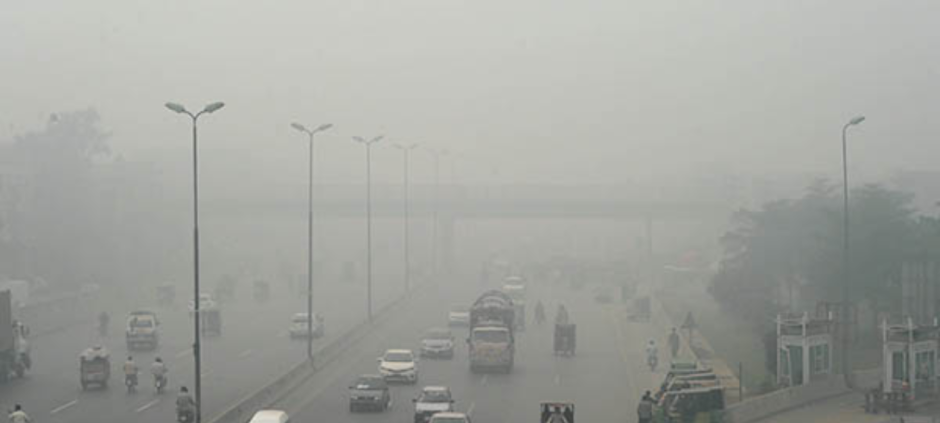Lahore has once again topped the list of the most polluted cities in the world, with its Air Quality Index (AQI) soaring above 700, signaling a severe environmental and health crisis. The city’s pollution has been exacerbated by a combination of thick smog, pollutants, and the cold-season fog. This has led to a significant decline in air quality, which has triggered a number of public safety measures, including the closure of major motorways like Lahore-Islamabad (M2) and Lahore-Sialkot (M), due to dangerously low visibility.
The situation in Punjab has worsened, prompting the provincial government to close schools in the most affected districts until November 17. Other cities, including Multan, have also been grappling with hazardous pollution, with Multan’s AQI recorded at an alarming 1659.
Also Read: LHC Directs Early Market Closures to Reduce Smog
Environmental officials have cited cross-border winds from India as a major contributor to the escalating pollution levels in Lahore. These polluted eastern winds are carrying fine particulate matter (PM2.5), which is harmful to health, worsening the smog crisis. Experts note that smog levels in Lahore have reached unprecedented highs, with PM2.5 concentrations peaking at 1,067, far exceeding the World Health Organization’s safety limit of 10.
This severe air pollution poses a significant health risk, particularly for children and vulnerable populations, who face increased respiratory issues due to prolonged exposure to toxic air. Senior officials, including Provincial Minister Marriyum Aurangzeb, have emphasized the need for regional cooperation, including with neighboring countries like India, to address the root causes of the pollution crisis and find effective solutions.











